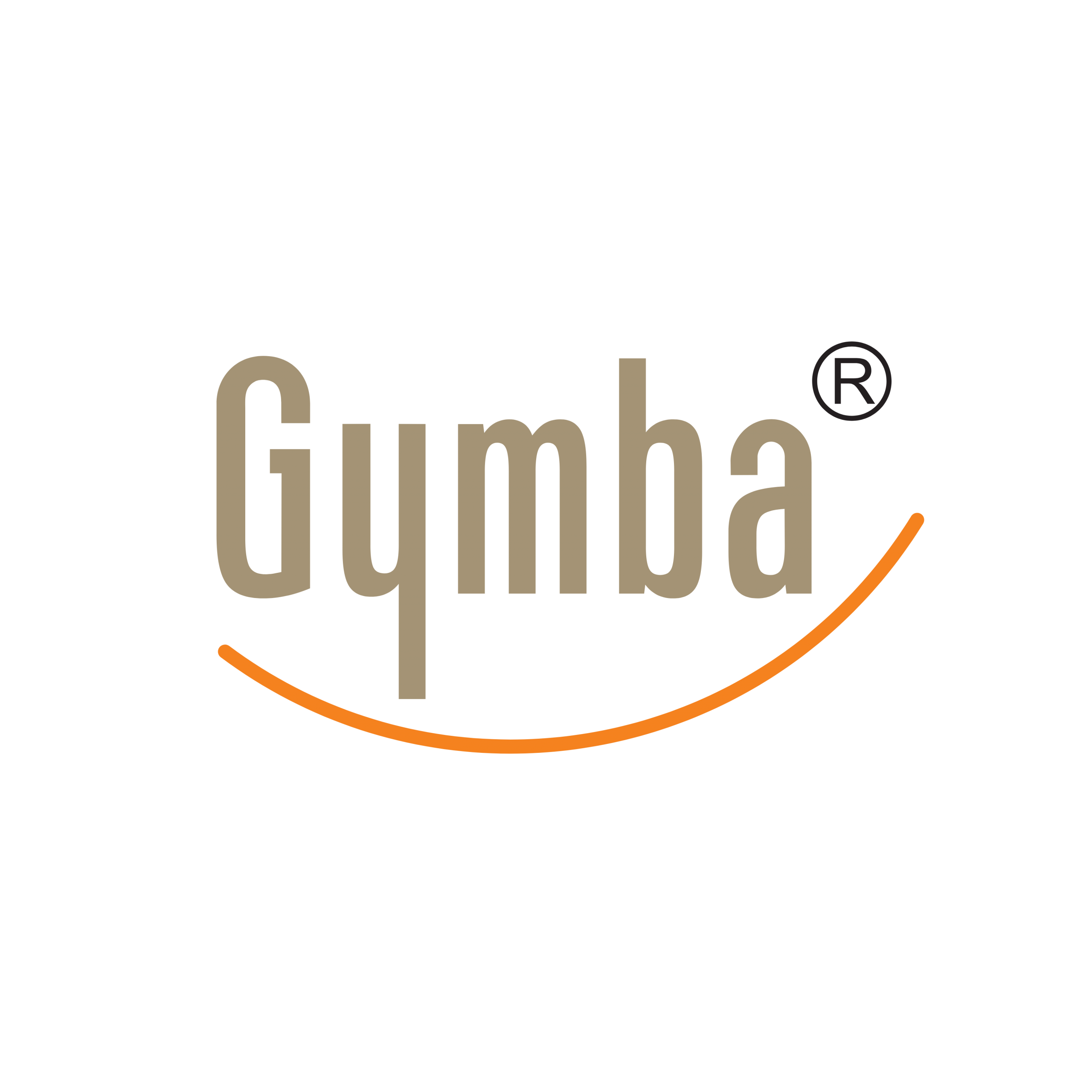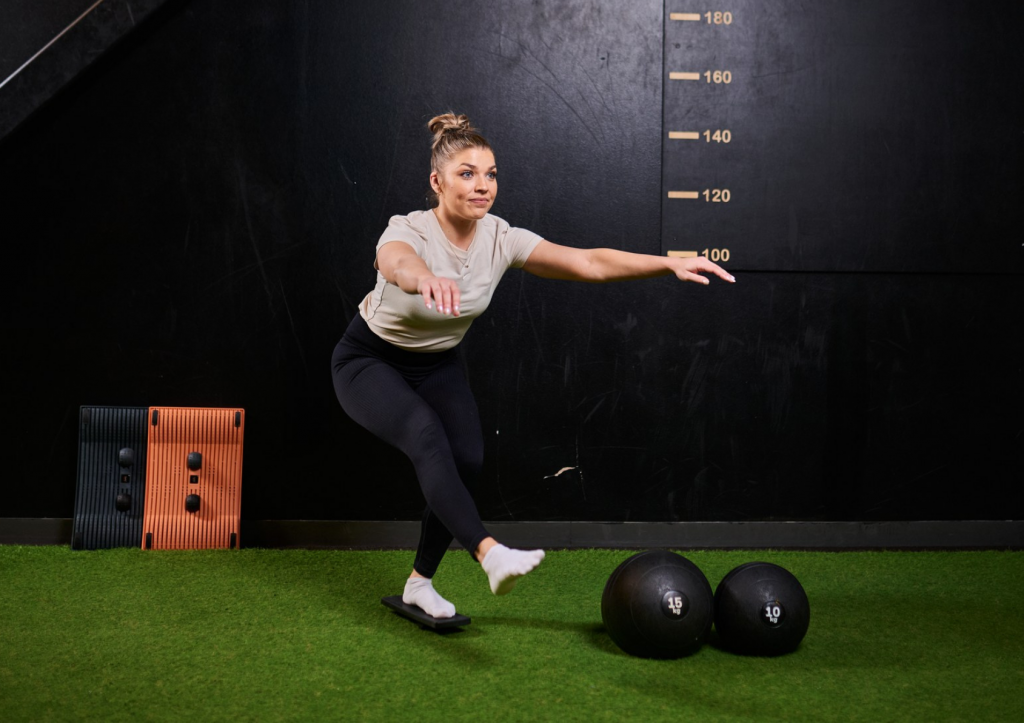Balance board exercises offer an effective way to strengthen your core muscles while improving stability and coordination. Using a balance board creates an unstable surface that forces your core to work continuously to maintain equilibrium. The most effective exercises include basic balance holds, squats, planks, and dynamic movements that progressively challenge your stability. These exercises engage multiple muscle groups simultaneously, including the transverse abdominis, obliques, and spinal erectors, providing a comprehensive core workout that supports better posture and reduces the risk of back pain.
What are the best beginner balance board exercises for core strength?
For beginners, the most effective balance board exercises focus on establishing basic stability while gradually challenging your core muscles. Start with the fundamental static balance hold, where you simply stand on the board with feet shoulder-width apart and maintain your balance for 30-60 seconds. This foundational exercise activates your core stabilizers and helps you get comfortable on the unstable surface.
Once you’ve mastered basic balance, progress to gentle knee bends. Keep your back straight and slowly bend your knees while maintaining control of the board. This movement intensifies core engagement while developing better proprioception and balance control.
Simple weight shifts form another excellent beginner exercise. Standing with both feet on the board, gently shift your weight from side to side or front to back. This controlled movement trains your core to respond to changing stability demands without overwhelming your balance systems.
Other beginner-friendly exercises include:
- Marching in place – lifting one knee at a time while maintaining balance
- Toe taps – extending one leg to tap the toe on the floor while balancing
- Gentle torso rotations – turning your upper body while keeping the board stable
Each exercise should be performed for 30-60 seconds or 8-12 repetitions. As your confidence builds, gradually increase duration and reduce rest periods between exercises.
How does a balance board activate different core muscles?
Balance boards create an unstable training environment that requires continuous neuromuscular adjustments to maintain equilibrium. This instability forces your core muscles to work harder than they would on a stable surface. When standing on a balance board, your transverse abdominis (deep core muscle) activates immediately to stabilise your pelvis and spine, while your obliques engage to prevent lateral tilting.
The biomechanical principle behind balance board training involves proprioception—your body’s ability to sense its position in space. On an unstable surface, proprioceptive feedback increases dramatically, causing your central nervous system to recruit more muscle fibres to maintain stability. Your rectus abdominis (six-pack muscles) contracts to prevent excessive arching of the back, while the erector spinae muscles along your spine work to maintain proper posture.
Additionally, balance boards create what fitness experts call “reactive core training”—meaning your muscles must respond instantly to subtle shifts in balance. This reactive training better mimics real-world movements compared to traditional static core exercises like crunches, making it particularly beneficial for improving functional strength that transfers to daily activities.
What are the most effective plank variations on a balance board?
Performing planks on a balance board significantly intensifies core engagement and creates a comprehensive core challenge. The standard balance board plank—placing your forearms or hands on the board while maintaining a straight-line position from head to heels—forces your entire core to stabilise against rotational forces.
Side planks on a balance board take core training to another level by specifically targeting the obliques. Position your forearm on the balance board, stack your feet, and lift your hips to create a straight line from head to feet. The instability challenges your lateral core stabilisers and improves overall balance.
Dynamic plank movements add another dimension to balance board training. Try these variations:
- Plank-to-pike: From a plank position with feet on the board, pull your hips upward toward the ceiling while keeping legs straight
- Plank arm reaches: From a standard plank with forearms on the board, reach one arm forward while maintaining stability
- Rolling plank: Shift the board slightly from side to side while holding your plank position
For all plank variations, proper form is crucial—maintain a neutral spine, engage your glutes, and avoid letting your hips sag or pike upward. Begin with 15-30 second holds and gradually increase duration as your strength improves.
How can you incorporate a balance board into a complete core workout routine?
Creating a comprehensive core routine with a balance board involves structuring exercises that target all core regions through a progressive sequence. Begin with a 5-minute warm-up of gentle balance holds and small movements to prepare your neuromuscular system. Then move through a circuit of 4-6 balance board exercises, spending 30-60 seconds on each movement with brief rest periods between.
A well-rounded routine should include:
- Stability exercises: Basic balance holds, knee bends
- Rotational movements: Standing torso twists, cross-body reaches
- Flexion exercises: Controlled crunches with feet on the board
- Extension movements: Gentle back extensions with hands on the board
- Lateral training: Side planks, side bends
For beginners, perform each exercise for 30 seconds with 30 seconds rest, completing 2-3 rounds of the circuit. Intermediate users can increase to 45 seconds of work with 15 seconds rest, while advanced users might perform 60 seconds with minimal rest.
To ensure continued progress, implement a progression strategy. Each week, either increase the duration of exercises, decrease rest periods, or add more challenging variations. Listen to your body and adjust intensity based on your comfort level and ability to maintain proper form.
What safety precautions should you take when using a balance board for core exercises?
Safety should be your primary concern when using a balance board. Always ensure you have a clear space around you—at least 1-2 metres in all directions—to prevent collisions with furniture or objects if you lose balance. Place your balance board on a non-slip surface like a yoga mat or carpet rather than hardwood or tile floors that could allow the board to slide unexpectedly.
Appropriate footwear plays a crucial role in balance board safety. Either go barefoot for maximum sensory feedback or wear flat-soled training shoes that provide stability. Avoid thick-soled shoes that might diminish your ability to feel the board’s movements.
If you’re new to balance training or have pre-existing conditions, take these additional precautions:
- Start near a wall or sturdy piece of furniture that you can lightly touch for support
- Begin with shorter sessions (5-10 minutes) to allow your body to adapt
- Those with balance disorders, recent injuries, or severe osteoporosis should consult a healthcare provider before starting
- Pregnant women should use extreme caution and possibly modify or avoid balance board training
Maintaining control is essential—progress gradually through difficulty levels and never attempt advanced movements until you’ve mastered the basics. If you feel pain (distinct from muscle fatigue), stop immediately and reassess your technique.
We at Gymba understand the importance of proper balance training for core strength and overall health. Our balance boards are designed with safety and effectiveness in mind, helping you achieve better stability, stronger core muscles, and improved posture during your fitness journey.

